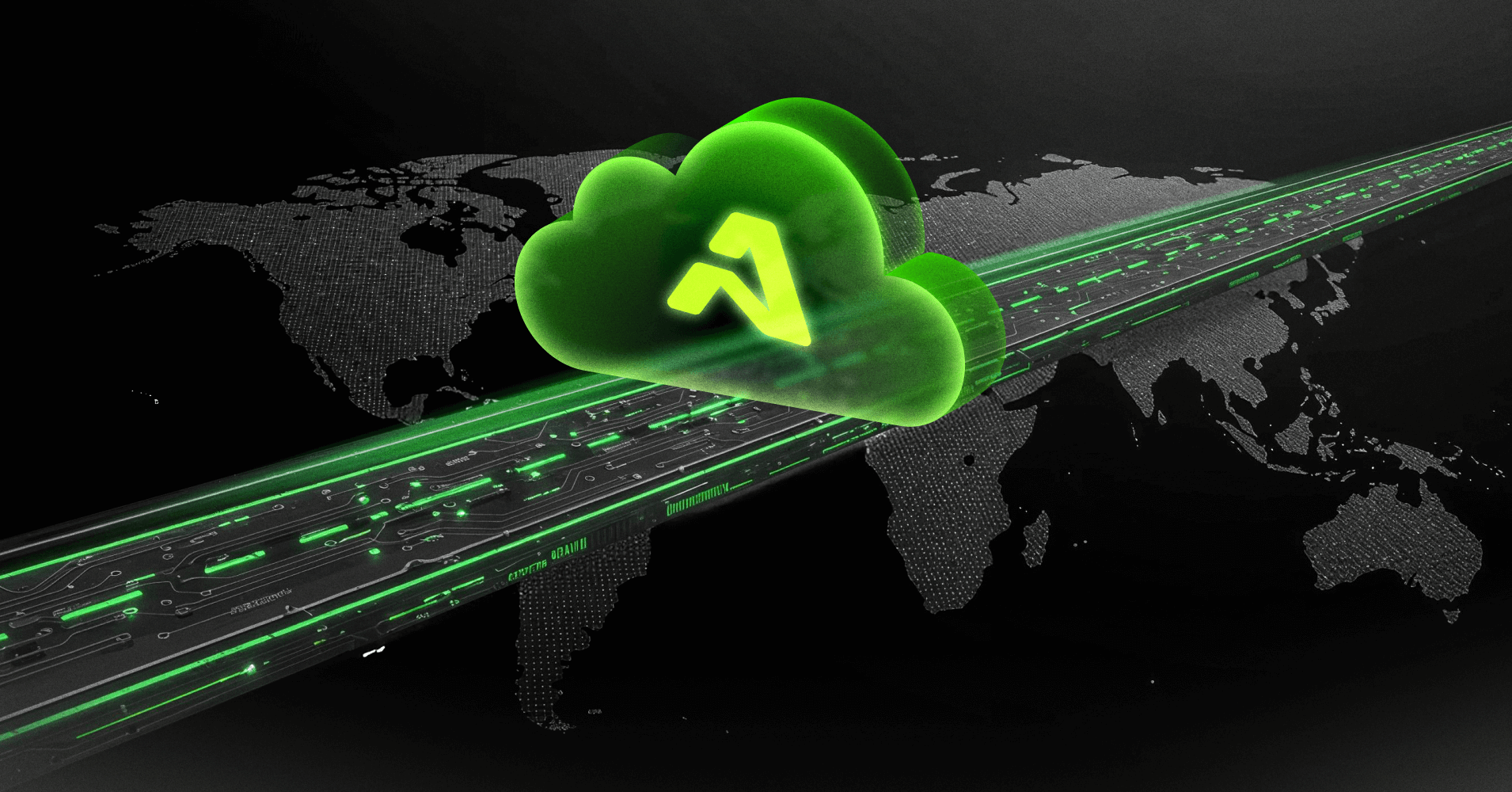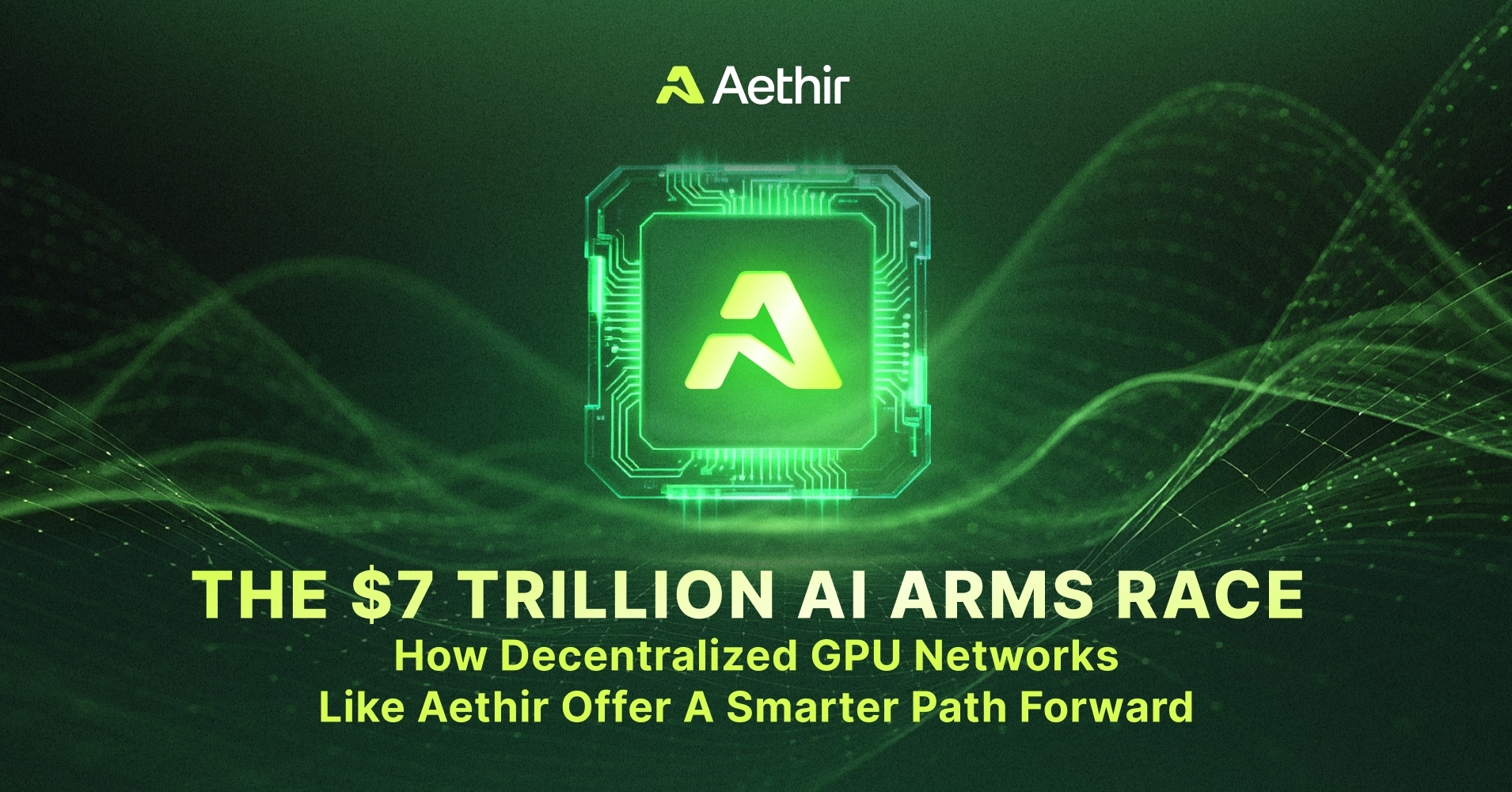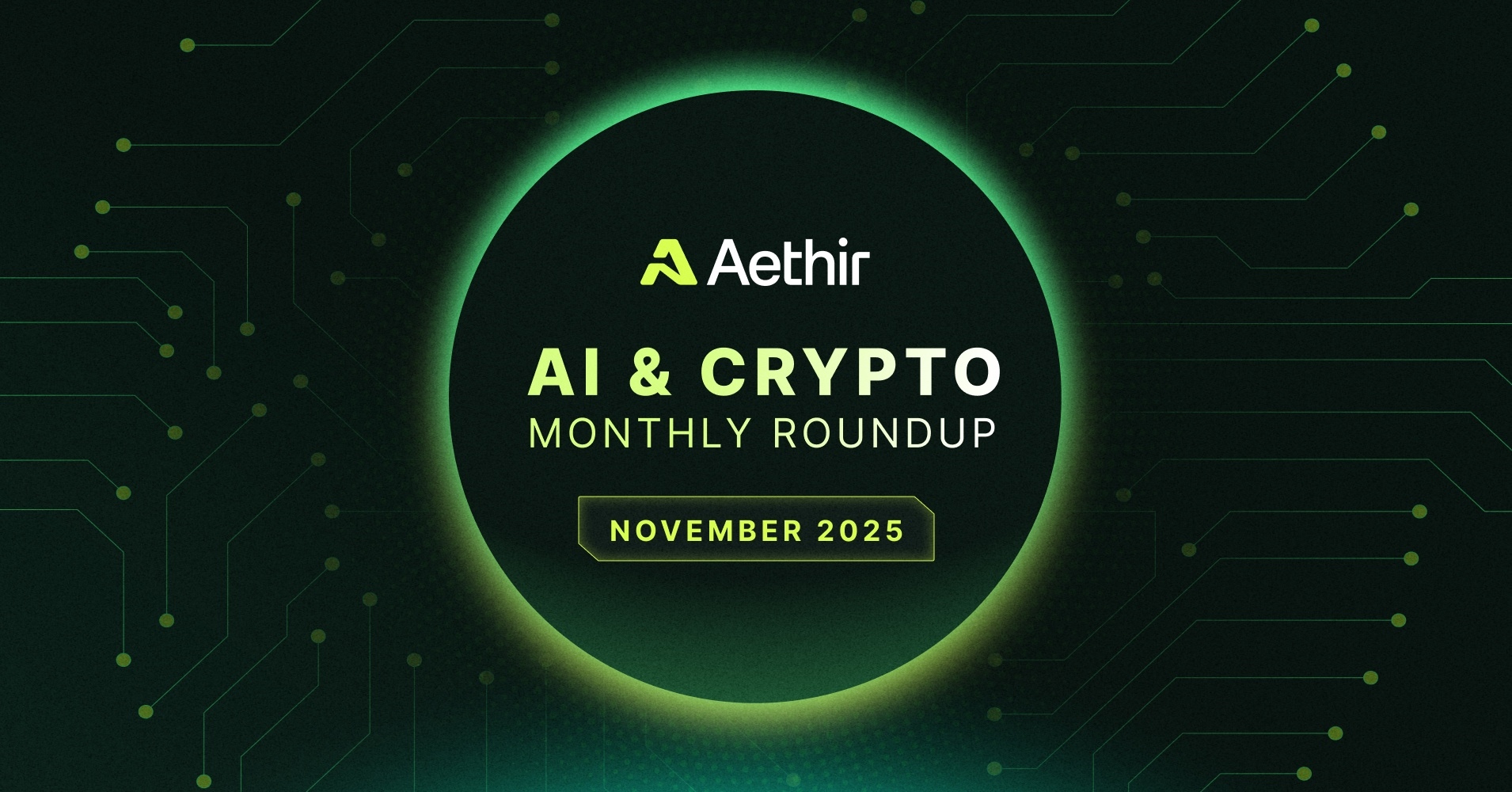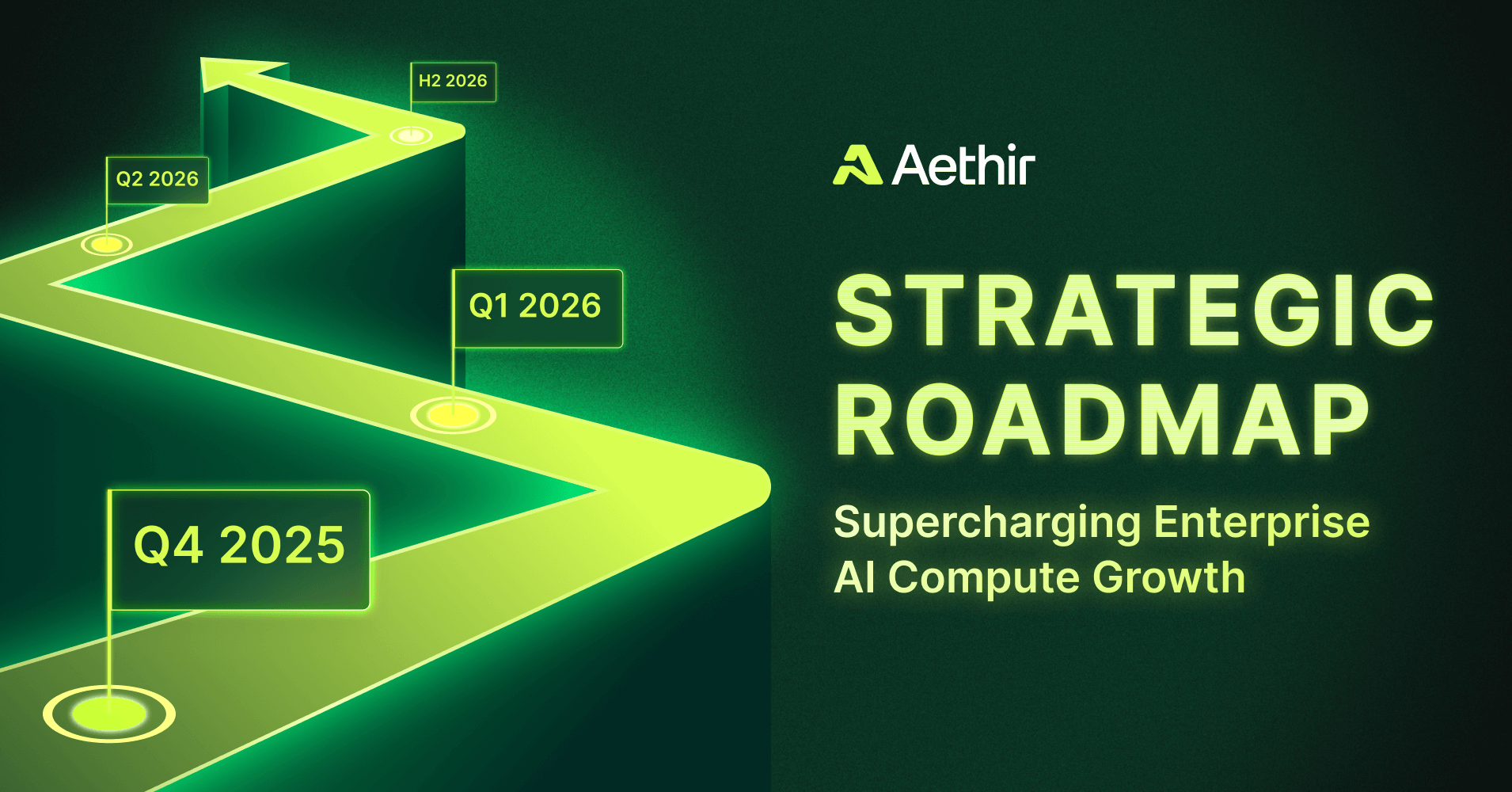Ландшафт корпоративного AI достиг критической точки перегиба. То, что начиналось как экспериментальные проекты машинного обучения, превратилось в главный драйвер конкурентного преимущества во всех отраслях. От финансовых сервисов, внедряющих системы обнаружения мошенничества в реальном времени, до медицинских систем, применяющих диагностический AI, организации сталкиваются с жесткой реальностью: скорость развертывания инфраструктуры напрямую определяет их рыночное положение.
Статистика отрезвляет. Компании, которые внедряют AI-инфраструктуру на 40% быстрее конкурентов, достигают роста выручки в 2,3 раза выше и захватывают на 60% большую долю рынка в своих вертикалях. Наоборот, организации, застрявшие в традиционных циклах внедрения, бессильно наблюдают, как более гибкие конкуренты завоевывают преимущества первопроходцев, которые со временем становится практически невозможно преодолеть.
Речь идет не просто о технологиях — это вопрос выживания бизнеса в AI-экономике.
Парадокс инноваций, разрушающий амбиции корпоративного AI
Вот парадокс, с которым сталкиваются современные предприятия: возможности AI развиваются экспоненциально, а сроки внедрения инфраструктуры остаются упрямо линейными. В то время как прорывные модели, такие как GPT-4, Claude 3 и Llama 2, сокращают циклы разработки с лет до месяцев, базовая инфраструктура для их запуска по-прежнему требует тех же затяжных процессов закупок, планирования и подготовки, которые управляли корпоративными ИТ десятилетиями.
Результат — разрушительное несоответствие между бизнес-возможностями и техническими возможностями. Маркетинговые команды выявляют AI-кейсы, способные приносить миллионы новой выручки. Продуктовые команды проектируют инновационный клиентский опыт на базе LLM. Исследовательские команды создают проприетарные алгоритмы, которые могут революционизировать целые отрасли.
Но все эти инновации застревают в очереди на внедрение инфраструктуры, которая растягивается на 5–8 месяцев.
Тем временем конкуренты, решившие проблему скорости инфраструктуры, уже выходят на рынок, захватывают клиентов, создают эффект «data flywheel» и строят конкурентные рвы, которые с каждой неделей становятся все глубже.
Почему традиционное внедрение инфраструктуры губит AI-скорость инноваций
Фундаментальная проблема кроется не в технической сложности — а во фрикции процессов, накопленной за десятилетия развития корпоративных ИТ. Традиционное развертывание инфраструктуры было создано для предсказуемых, медленно меняющихся нагрузок, где шестимесячные циклы планирования имели бизнес-смысл.
AI-инфраструктура требует противоположного: быстрой итерации, гибкого масштабирования и возможности менять архитектуры в зависимости от производительности моделей и обратной связи рынка. Несоответствие вызывает каскадные задержки:
Закупочные узкие места: поставщики железа работают квартальными циклами, тогда как AI-возможности возникают и исчезают за считанные недели. К моменту утверждения заказов конкурентный ландшафт уже полностью меняется.
Паралич планирования мощностей: традиционное ИТ-планирование предполагает предсказуемую потребность в ресурсах. AI-нагрузки масштабируются непредсказуемо, делая точное прогнозирование практически невозможным и приводя либо к чрезмерному оверпровиженингу, либо к катастрофическому недопровиженингу.
Сложность интеграции: современные AI-стэки требуют десятков взаимосвязанных компонентов — GPU-кластеров, высокоскоростного хранилища, специализированных сетей, оркестрации контейнеров и систем мониторинга. Каждая точка интеграции вносит задержки и новые риски отказа.
Дефицит экспертизы: AI-инфраструктура требует специализированных знаний, которых большинству ИТ-команд не хватает. Внешние консультанты дороги, перегружены заказами и часто не имеют практического опыта с передовыми сценариями внедрения.
Кризис AI-инфраструктуры разрушает графики внедрения инноваций. Пока конкуренты ждут месяцами, умные предприятия переходят от концепции к продакшену всего за 14 дней.
Узкое место инфраструктуры, которое убивает AI-инновации
Традиционное внедрение AI-инфраструктуры сталкивается с жесткой реальностью: 72% руководителей считают энергомощности и подключение к сетям крайне сложной задачей, при этом запросы на подключение к сетям растягиваются на семь лет. Сбои в цепочках поставок подняли стоимость строительства на 40% за пять лет. Дефицит GPU создает многомесячные очереди на премиальное оборудование.
Математика беспощадна. Типичный график внедрения AI-инфраструктуры в корпорации:
- Закупки и планирование: 8–12 недель
- Развертывание инфраструктуры: 6–10 недель
- Тестирование и оптимизация: 4–6 недель
- Внедрение в продакшен: 2–4 недели
Итого: минимум 20–32 недели.
К моменту, когда традиционная инфраструктура выходит в строй, рыночные возможности исчезают, а конкурентные преимущества испаряются.
14-дневное решение: как Aethir устраняет задержки инфраструктуры
Aethir меняет уравнение с помощью децентрализованной облачной инфраструктуры, которая сокращает сроки развертывания на 90%. Вот как именно работает этот двухнедельный процесс:
Неделя 1: этап быстрого прототипирования
Дни 1–3: определение требований и проектирование архитектуры
Эксперты Aethir по инфраструктуре работают с командами клиентов над точной постановкой требований. Это не общая консультация — а целевое проектирование архитектуры под конкретные AI-нагрузки.
Ключевые решения включают:
- выбор GPU-конфигурации (H100, H200, B200) в зависимости от сложности модели,
- оптимизацию сетевой архитектуры (InfiniBand, RoCE, Ethernet) для пропускной способности,
- проектирование хранилища с балансом скорости и экономичности.
Традиционный подход: недели изучения вендоров, RFP-процессы и технические оценки.
Преимущество Aethir: преднастроенные шаблоны и экспертные консультации исключают догадки. Глобальный инвентарь полностью устраняет задержки закупок.
Дни 4–7: развёртывание инфраструктуры
Развертывание инфраструктуры начинается немедленно: установка bare-metal GPU-кластеров, интеграция хранилищ от провайдеров вроде VAST, DDN и WekaIO, базовая валидация производительности.
Традиционный подход: закупка оборудования, выделение дата-центра, ручная конфигурация.
Преимущество Aethir: распределенная сеть из более чем 200 локаций в 93 странах позволяет мгновенно выделять ресурсы. Автоматизированные инструменты развертывания обеспечивают стабильные, надежные конфигурации без ручных узких мест.
Неделя 2: Оптимизация и Развертывание
Дни 8–10: Интеграция и Тестирование Модели
AI-нагрузки разворачиваются на GPU-кластерах с тщательным тестированием производительности и проверкой масштабируемости. Этот этап выявляет возможности оптимизации и обеспечивает готовность к продакшену.
Традиционный подход: Ручное развертывание, циклы итеративного тестирования, устранение проблем с производительностью.
Преимущество Aethir: Оркестрация контейнеров обеспечивает бесшовное управление нагрузками. Мониторинг в реальном времени дает мгновенные инсайты о производительности. Экспертная поддержка ускоряет циклы оптимизации.
Дни 11–14: Готовность к Продакшену
Заключительный этап обеспечивает корпоративный уровень безопасности, проверку соответствия требованиям, мониторинг развертывания и передачу в операционное управление.
Традиционный подход: Аудиты безопасности, проверки на соответствие, создание документации.
Преимущество Aethir: Встроенные функции безопасности и механизмы соответствия. Поддержка 24/7 обеспечивает немедленное решение проблем. Полная документация гарантирует плавный переход к операционной эксплуатации.
Конкурентные преимущества, которые делают Сскорость возможной
Отсутствие Плат за Трафик = Предсказуемое Масштабирование
Традиционные облачные провайдеры взимают значительные комиссии за трафик, создавая неопределенность в расходах. Aethir полностью устраняет эти скрытые издержки.
Влияние: ChainOpera AI достигла сокращения расходов на 40–80%, одновременно ускорив сроки развертывания, что позволило ускорить циклы разработки продукта и укрепить позиции на рынке.
Поддержка 24/7 для Предприятий
Инфраструктура AI требует специализированных знаний, которых у большинства организаций нет внутри компании. Aethir предоставляет постоянную помощь в развертывании и экспертное сопровождение на всех этапах.
Практическое применение: Сложные задачи оптимизации, которые обычно требуют недель внутренних исследований, решаются за часы благодаря экспертному вмешательству.
Глобальная Сеть Инфраструктуры
Более 435,000 GPU корпоративного уровня, распределённых по 93 странам, обеспечивают локальную доступность кластеров, снижая задержку и улучшая производительность.
Стратегическое преимущество: Международная экспансия становится независимой от инфраструктуры. Соответствие требованиям к хранению данных достигается автоматически за счет географического распределения.
Гибкая Архитектура Конфигураций
Индивидуальные сборки, адаптированные под конкретные рабочие нагрузки, обеспечивают оптимальное распределение ресурсов без зависимости от одного вендора.
Бизнес-эффект: Организации оплачивают только необходимые ресурсы, сохраняя масштабируемость для будущего роста. Архитектура адаптируется к развивающимся AI-стратегиям без деструктивных миграций.
Децентрализованное Преимущество: Почему Традиционные Облака Не Могут Конкурировать
Децентрализованная модель Aethir агрегирует простаивающие GPU-ресурсы из глобальной сети, создавая единую инфраструктуру, которая более устойчива и экономически эффективна, чем централизованные альтернативы.
Ключевые метрики:
- 98,92% аптайма по распределённой сети
- Более $400 млн вычислительной мощности
- Задержка менее миллисекунды за счет географической близости
Фундаментальные ограничения централизованных облаков:
- Единые точки отказа, влияющие на целые регионы
- Ограниченное географическое распределение увеличивает задержку
- Дефицит ресурсов повышает стоимость
- Негибкие модели ценообразования со скрытыми комиссиями
Реальные Результаты: Кейс ChainOpera AI
ChainOpera AI столкнулась с критической задачей масштабирования. Их текущий облачный провайдер предоставлял дорогостоящую, медленно разворачиваемую инфраструктуру, которая тормозила инновационные циклы.
Результаты миграции:
- Сокращение расходов на инфраструктуру на 40–80%
- Ускорение сроков развертывания с месяцев до недель
- Повышение скорости разработки продукта
- Укрепление конкурентных позиций на рынке DeFi
Более широкий эффект: Более быстрое выведение на рынок позволило ускорить внедрение обратной связи от клиентов и рост доходов за счет новых функций продукта.
Будущее Вашей AI-Инфраструктуры
Помимо начального развертывания, Aethir предлагает стратегическое партнёрство для долгосрочной эволюции AI:
Бесшовная Масштабируемость: Инфраструктура автоматически расширяется по мере роста сложности моделей и объема данных.
Эволюция Аппаратного Обеспечения: Новые поколения GPU интегрируются без деструктивных миграций или переработки архитектуры.
Географическая Экспансия: Международное масштабирование осуществляется через существующую глобальную сеть без инвестиций в региональную инфраструктуру.
Независимость от Вендоров: Гибкая архитектура предотвращает зависимость, поддерживая эволюцию технологических стеков и сценариев развертывания.
Стратегический Императив: Скорость как Конкурентное Преимущество
На рынках, управляемых AI, скорость развертывания инфраструктуры напрямую коррелирует с конкурентными позициями. Организации, которые могут быстро итеративно разрабатывать, тестировать и внедрять AI-решения, захватывают рыночные возможности, которые более медленные конкуренты полностью упускают.
Выбор очевиден:
- Традиционное развертывание: 20–32 недели, неопределенные расходы, зависимость от вендоров
- Развертывание Aethir: 2 недели, предсказуемое ценообразование, гибкая архитектура
Примите Решение: Ускорьте Свою AI-Инфраструктуру Уже Сегодня
Ландшафт AI-инфраструктуры кардинально изменился. Организации, которые осознают этот сдвиг и адаптируют свои стратегии развертывания, будут доминировать на рынке. Те же, кто продолжит придерживаться традиционных подходов, окажутся в роли отстающих.
Готовы войти в скоростную полосу AI-инфраструктуры?
Методология двухнедельного развертывания Aethir — это не просто скорость, это полное переосмысление того, как должна работать AI-инфраструктура. Прозрачное ценообразование, глобальный охват, экспертная поддержка и подтвержденные результаты обеспечивают конкурентные преимущества, которые традиционные подходы просто не могут предложить.
Будущее AI-инфраструктуры — децентрализованное, распределённое и радикально более быстрое. Вопрос не в том, произойдет ли эта трансформация, а в том, будете ли вы её возглавлять или догонять.






